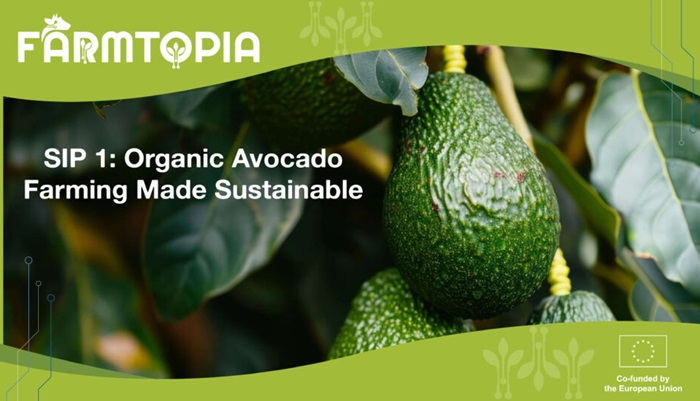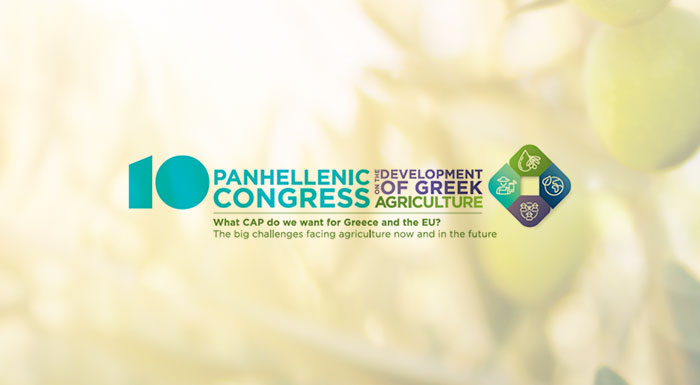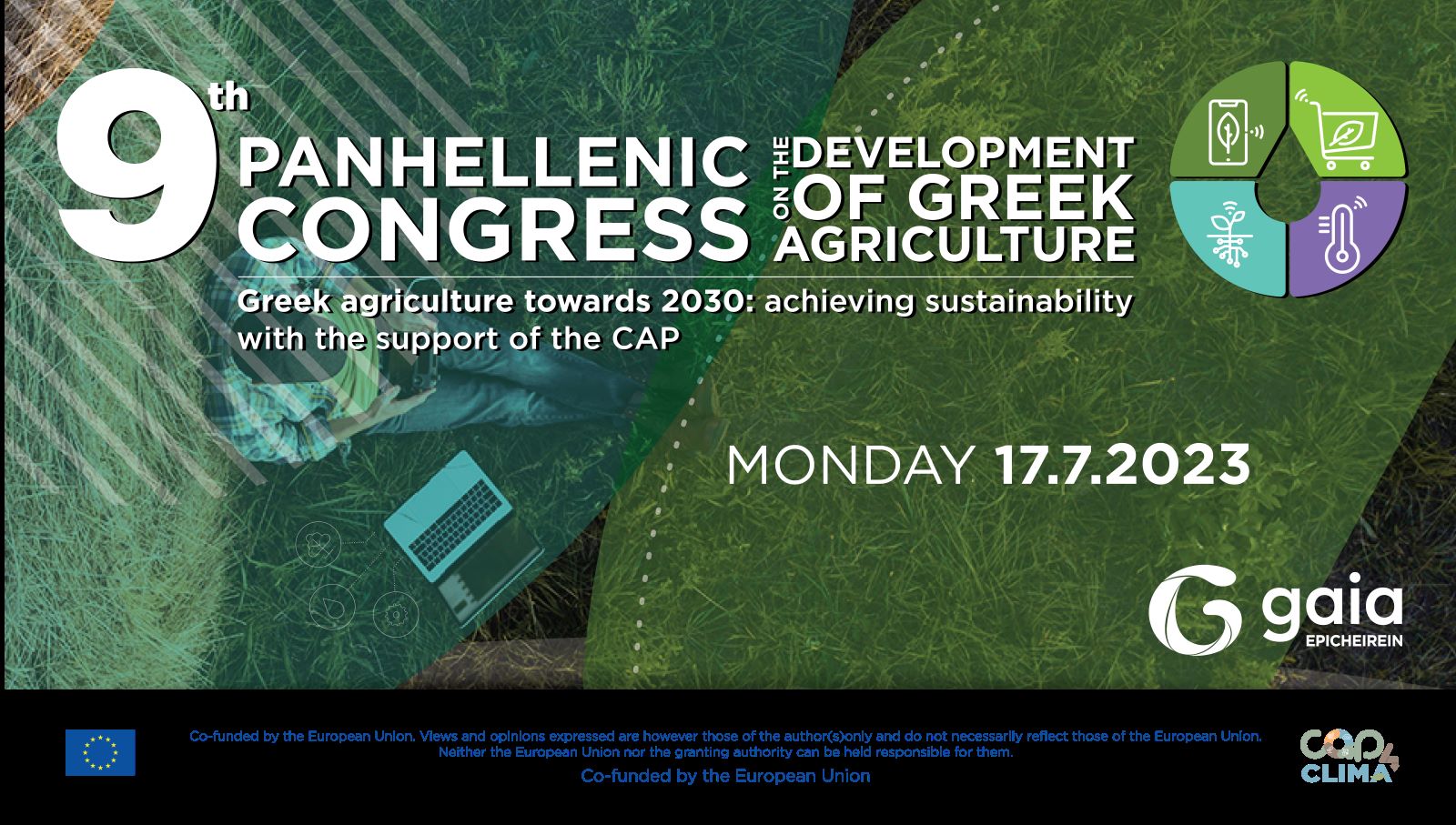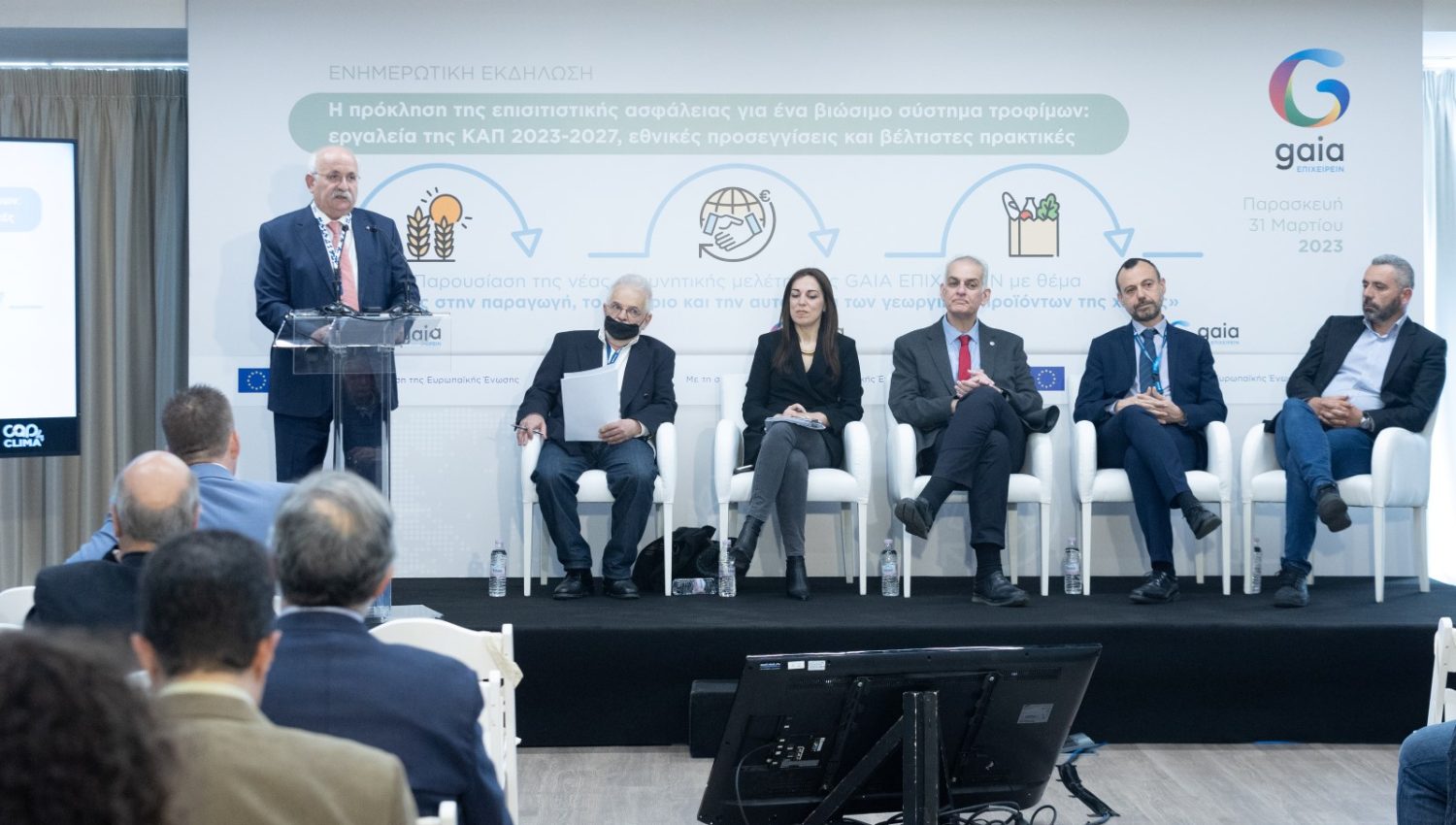Arne Pingel: “There are still a lot of improvements to be made to the EU framework for biostimulants and fertilizers”
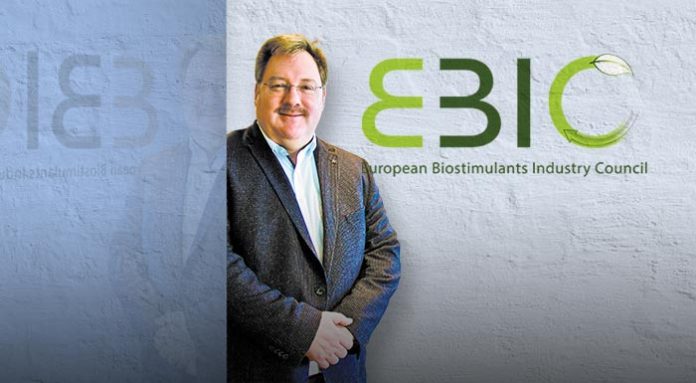
by Antonis Andronikakis
Ypaithros – Chora discussed with the Presindet of EBIC, Mr Arne Pingel, the present and future challenges that European farmers and the Biostimulants’ industry are both facing. In his interview Mr Pingel noted the EU policy makers should become more flexible and realize the real needs of the producers.
Given the international situation with the war in Ukraine and the inflation, farmers are trying to find more “value for money” and sustainable solutions for their crops. How can biostimulants contribute in that?
Biofertilizers, a subset of plant biostimulants, are usually defined to mean microbial products that either fix nitrogen from the air or that convert nutrients in the soil into forms that plants can use more efficiently. It’s important for farmers to learn how to make the most of these biological products since they function differently than more familiar fertilizers. With increased understanding of biostimulants, growers can achieve higher Return-on-Investments by increasing nutrient use efficiency.
In the specific case of biofertilizers, they help minimizing losses of nutrients for growers not only in times of crisis, but all year around. That means that a higher percentage of nutrients applied are absorbed by plants. Other biostimulants can also help farmers cope with difficult times. Starting from the principle that a failed harvest is a waste of nutrients and a waste of everything that the farmer has invested in that harvest, the plant biostimulants that help farmers cope with extreme temperatures, drought, flooding, and other harsh and unpredictable growing conditions, can also provide a form of “biological insurance” for growers.
Could you give us some recent data of the EU market? What’s the situation in the Mediterranean region?
Previous year (2022) was a strong one for biostimulants, in part, because farmers are looking for more tools to deal with difficult climatic and market conditions. New biofertilizer solutions were launched in specific countries by several EBIC member companies.
The start of 2023 has been challenging due to difficult weather conditions (dry in Mediterranean Europe and very wet in the north). Poor weather is delaying planting, which is adding to the general feeling of uncertainty. The biostimulants industry is poised to start the season and support growers in what they do best: feeding the world sustainably.
What are the challenges for the industry after the enforcement of the new Fertilizing Products Regulation ?
It has been only about nine months since companies could place plant biostimulants on the EU Single Market using the new EU Fertilizing Products Regulation. The companies that have gone through the new conformity assessment process have been satisfied at the relative speed of bringing products to market under this framework. However, there are still a lot of improvements to be made to the regulation, which was adopted with a “continuous improvement” mindset of settling the broad provisions and leaving the technical tweaking for a series of technical updates. Two of the most important work areas for plant biostimulants is to increase the number of microorganisms allowed in EU plant biostimulants. (This affects biofertilizers directly). The list is currently limited to just four microorganisms, even though there are many more types of microorganism on the Europe and global market through national provisions. Scientific literature shows that as our understanding of beneficial agricultural microorganisms increases there are probably thousands of microorganisms that could be beneficial to farmers.
The provisions in the EU framework will have to be adapted to make that possible. Another problematic dossier relates to animal by-products. While everyone agrees that revalorizing animal by-products into agricultural inputs makes sense from a circular economy perspective, it is proving difficult to unleash this potential. Of course, safety should be the first priority, but the current approach to evaluating processes for transforming animal by-products and the resulting materials seems to be driven more by the emotion of past crises than by criteria-based evaluations of risks under real-world conditions. There is also a siloed approach, which means even if you have a material derived from animal by-products that can be consumed by people (for example, certain amino acids), it is extremely difficult and time-consuming to get the same material approved for animal feed and technical uses such as fertilizing products. We need a more streamlined approach to considering multiple uses of a same safe substance.

